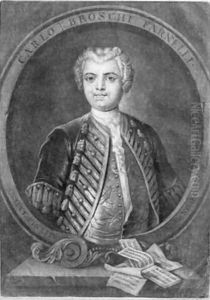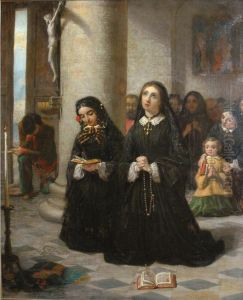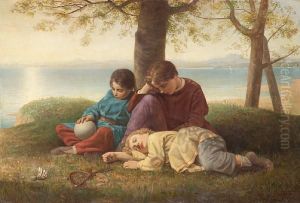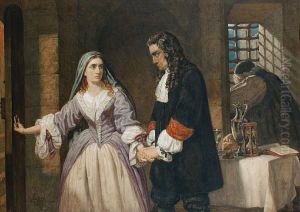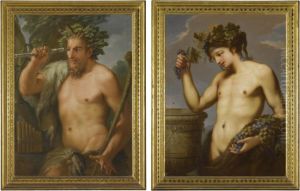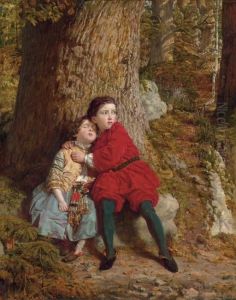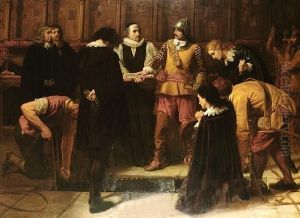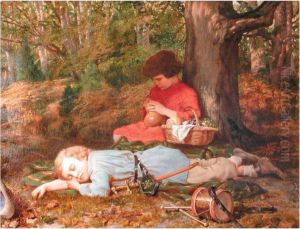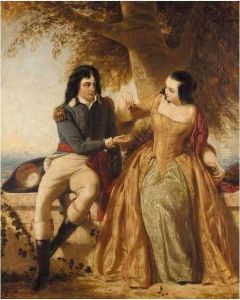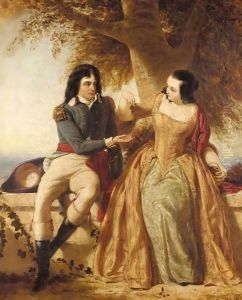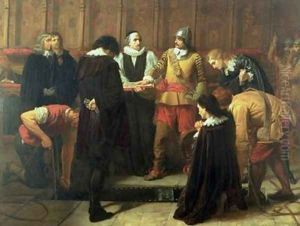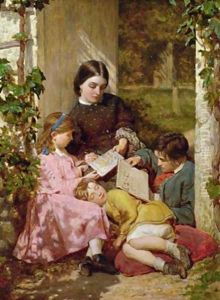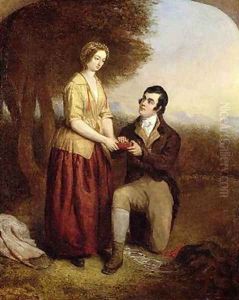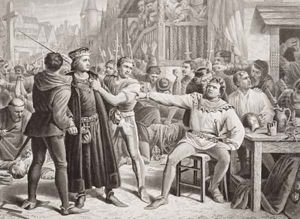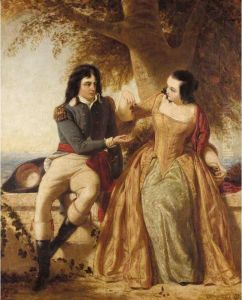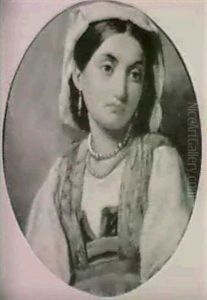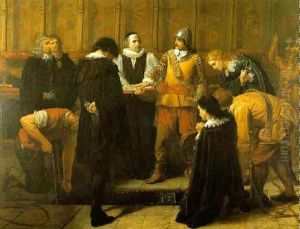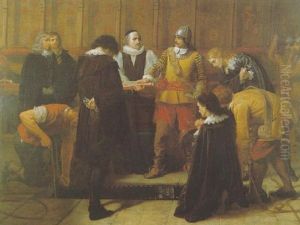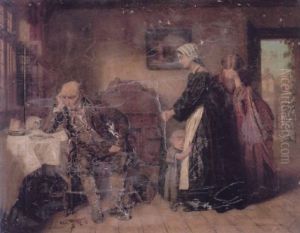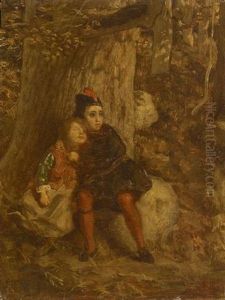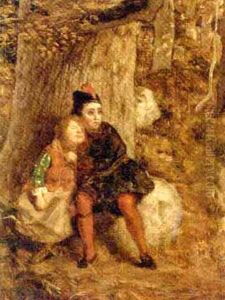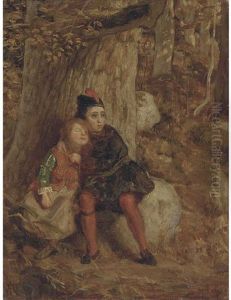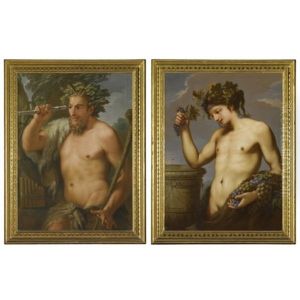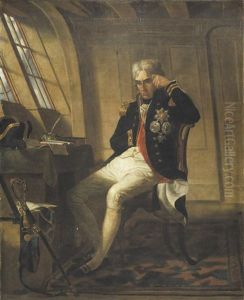Charles Lucy Paintings
Charles Lucy (1814–1873) was an English historical genre painter, known for his significant contributions to Victorian art, particularly through his historical and biblical scenes. Born in Hereford, England, Lucy embarked on his artistic journey with a passion for capturing pivotal moments in history and religious narratives. His educational path in art began in earnest when he moved to Paris to study under renowned instructors. This period was crucial for the development of his style, which combined meticulous attention to detail with a dramatic use of light and shadow, characteristics that became hallmarks of his later works.
In the early stages of his career, Lucy sought to establish himself by focusing on subjects that would resonate with the Victorian audience's fascination with history and moralistic tales. His paintings often depicted scenes from British and European history, imbued with a sense of narrative depth and emotional intensity. One of his most famous works, 'The Landing of the Pilgrim Fathers', showcases his ability to combine historical accuracy with a poignant storytelling approach. This painting, in particular, earned him significant acclaim and helped to secure his reputation as a leading historical painter of his time.
Throughout his career, Lucy exhibited his works at prestigious venues, including the Royal Academy in London, where his contributions were met with both critical and public acclaim. Despite this, he often struggled with financial instability, a common issue among artists of the period. His dedication to historical accuracy and the didactic nature of his paintings, however, ensured that his work continued to be appreciated by a segment of the Victorian public who valued moral and educational content in art.
Charles Lucy's legacy is marked by his commitment to portraying historical and biblical scenes with a blend of accuracy and emotive power. His paintings remain a testament to the Victorian era's complex relationship with its past and the role of art in shaping historical and moral consciousness. Lucy's work, characterized by its detailed execution and narrative depth, continues to be studied and admired for its contribution to the genre of historical painting.
